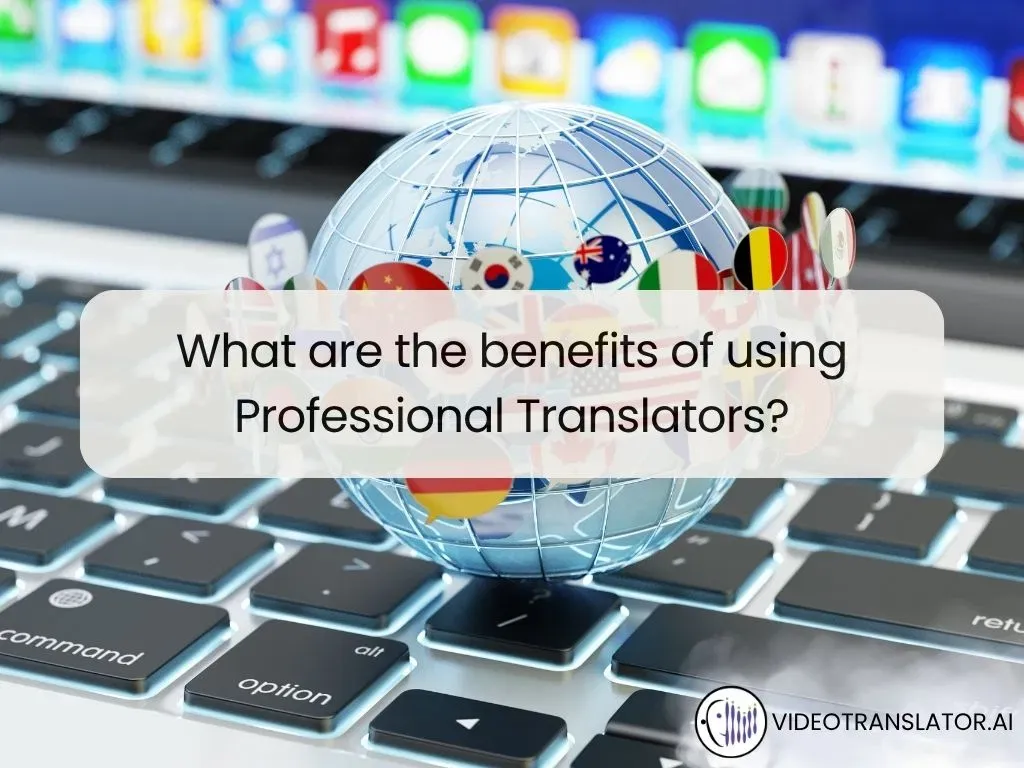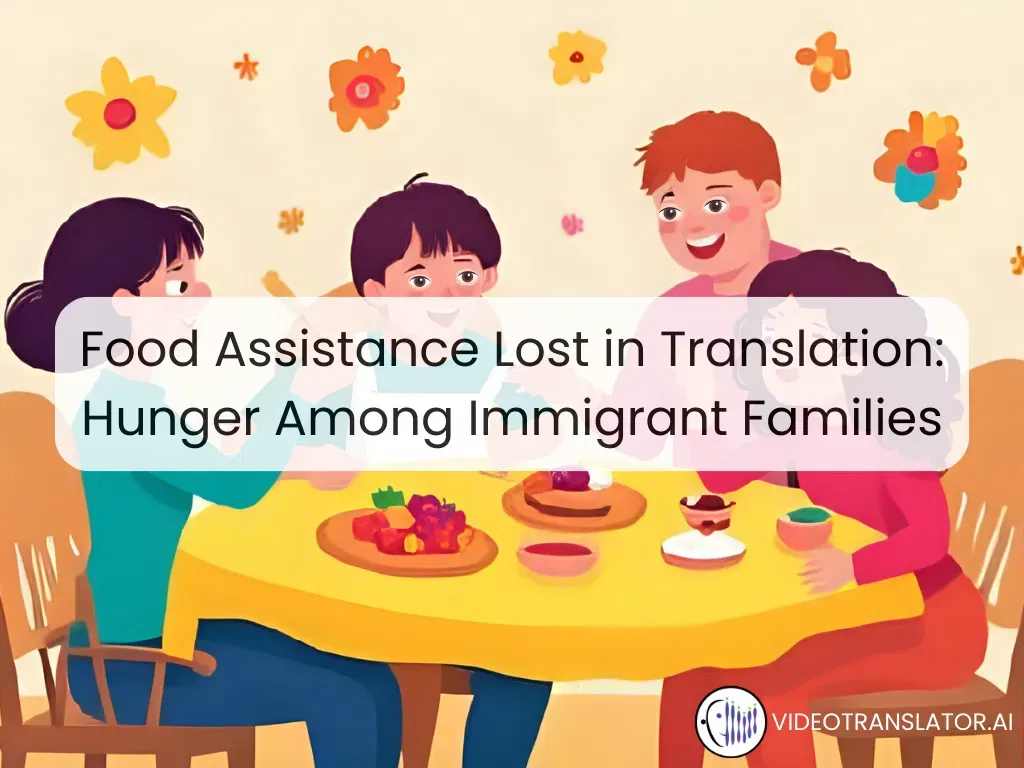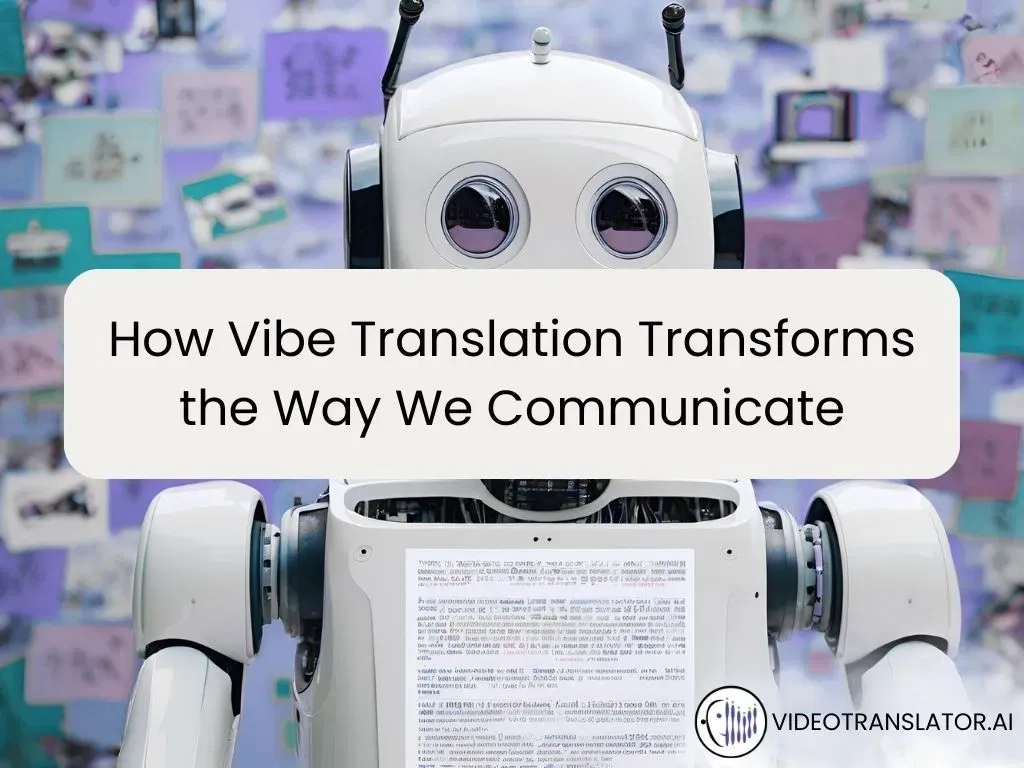Stefan Huyghe’s article, “Are Short-Term AI Fixes Undermining the Long-Term Relevance of the Language Industry?”, offers a timely critique of how AI is being integrated into language services today.
He argues that while many Language Service Providers (LSPs) have adopted AI to automate existing workflows, such as accelerating translations and integrating with Content Management Systems, they risk overlooking a more profound transformation: the shift toward “sourceless” content creation.
In this emerging paradigm, content is no longer authored in a single language and then translated. Instead, it’s generated simultaneously across multiple languages and cultural contexts.
AI enables this shift by creating content tailored to specific markets from the start, moving beyond the conventional source-to-target translation model. Huyghe emphasises that this isn’t just about efficiency; it redefines LSP’s role in the content creation lifecycle. Without adapting to this shift, LSPs may find themselves pushed to the margins of an AI-driven ecosystem.
While Huyghe’s observation of the industry’s challenges is insightful, his advocacy for sourceless content creation raises questions. Though innovative, the concept lacks detailed guidance on implementation.
It also overlooks real-world complexities like preserving brand voice, ensuring regulatory compliance, and maintaining cultural authenticity across diverse markets. Without a clear framework, the transition to sourceless content could lead to inconsistencies and dilute brand messaging.
Limitations of the Sourceless Approach
 Photo by Kelly Sikkema on Unsplash
Photo by Kelly Sikkema on Unsplash
At VideoTranslatorAI, we recognise the limitations of a purely sourceless approach. That’s why we’re developing what we call “Vibe Translation” — a methodology that goes beyond translating words to capture the tone, emotion, and cultural nuance of content.
This approach acknowledges the importance of context and seeks to preserve the original intent across languages and cultures. By focusing on the “vibe,” we aim to create more authentic and resonant multilingual content.
Now, Stefan is absolutely right in seeing this ending:
“For too long, the industry has been defined by tools and processes designed for a different era—an era where content was monolithic, static, and downstream. That era is ending. In its place, a more fluid, personalised, and decentralised model is emerging, one where every market, language, and persona is treated as a starting point, not an adaptation.”
We agree. However, we interpret “sourceless” not in a literal or technical sense. Content will likely always originate in some language, and this will likely remain true until we are all cyborgs speaking to each other in zeros and ones.
In essence, Huyghe calls for a shift in evaluating translation. The metric for measuring the quality of the translation output should be a more holistic ‘content’ which includes all its iterations (i.e. the translated variants). Indeed, the focus towards the end of the write-up about end-to-end systems alludes to this capability. He is on the money here.
But, how to build such a system, and what role will translators play? That is what we are going to examine today.
Also read: New Hats, Same Mission: How Vibe Translation Reshapes Every Seat at the Table
Use Case: Emergency Notifications
 Photo by Daniel Bernard on Unsplash
Photo by Daniel Bernard on Unsplash
At VideoTranslatorAI, we build solutions for complex, high-stakes communication. One of our earliest use cases involved emergency services. One of our early use cases came from an emergency services provider who needed to send multilingual notifications within a strict five-minute window. Given this time constraint, manually translating each message was infeasible, so we turned to AI for a scalable, automated solution.
These emergency notifications followed a specific structure. The first part was a description segment, detailing the nature of the emergency. This included parameters such as severity, location, type of emergency, timing, and whether the message was a new alert or part of a continuing thread.
The second part was an instruction segment, consisting of a templated list of recommended actions based on the emergency type. Although the structure was consistent, the content varied significantly based on real-time inputs.
The challenge was multifaceted:
- We had to deliver accurate translations in under five minutes.
- The source messages were often written by volunteers, leading to informal or inconsistent phrasing.
- Place names were frequently colloquial and not part of standardised geographic databases.
- Time formats were incomplete, often missing “AM” or “PM”, which humans could infer but AI struggled to interpret.
- The content needed to be translated into multiple languages; some well supported by AI, others less so.
Our Solution: Templates
To meet these demands, we built a templated system. Templates offer both flexibility and precision. Through our API, we define the expected structure, focusing on just two key elements: descriptions and instructions. Because we can accept everything the client sends, we minimise the integration burden on their side. That’s already a win from a usability standpoint.
With these templates, we determine how each component is handled:
- Some parts are routed to pre-translated fragments, ensuring consistency and reducing cost.
- More dynamic elements are processed through AI translation engines.
This hybrid approach–combining reusable human-authored content with AI-driven interpretation–delivers speed, quality, and scalability.
And here’s the broader takeaway: this structured, semi-automated workflow is our product-led response to the challenges Stefan Huyghe describes in his article.
While we agree that the future of language services is changing rapidly, we believe that carefully structured, semi-automated solutions like this provide both reliability and flexibility, without sacrificing quality or context. This is vibe translation in action.
Conclusion: From Concept to Craft
In conclusion, the conversation sparked by Stefan Huyghe is crucial. AI is already reshaping the language services industry, and the shift from static, source-to-target workflows to dynamic, distributed content creation is accelerating.
But how we respond to this shift will define the future. At VideoTranslatorAI, we don’t believe in abandoning the concept of a “source.” Instead, we’re rethinking what a source means in a multilingual world. It’s more than just the original text—it’s the intent, the emotional tone, the urgency of the moment, and the user’s context across cultures and languages.
That’s why we’re investing in vibe translation–a philosophy and practice that centres not only on what words say, but how they feel. We’re embedding this philosophy directly into our product design. Our work with emergency notifications is just one example of how this approach comes to life: combining structured templates, reusable human content, and AI speed to deliver fast, accurate, and emotionally resonant multilingual communication.
We don’t claim to have all the answers. Still, we’re building for the future with our eyes wide open—embracing the best of AI, preserving what matters from human expertise, and, above all, treating every language as a starting point, not an afterthought.
In the end, it’s not about replacing the source. It’s about designing systems where every language can lead.
We’ll dive deeper into how to bring this vision to life in a future post.
See you next time!
Watch the video:
Resource:
“Are Short-Term AI Fixes Undermining the Long-Term Relevance of the Language Industry?” by Stefan Huyghe on LinkedIn.

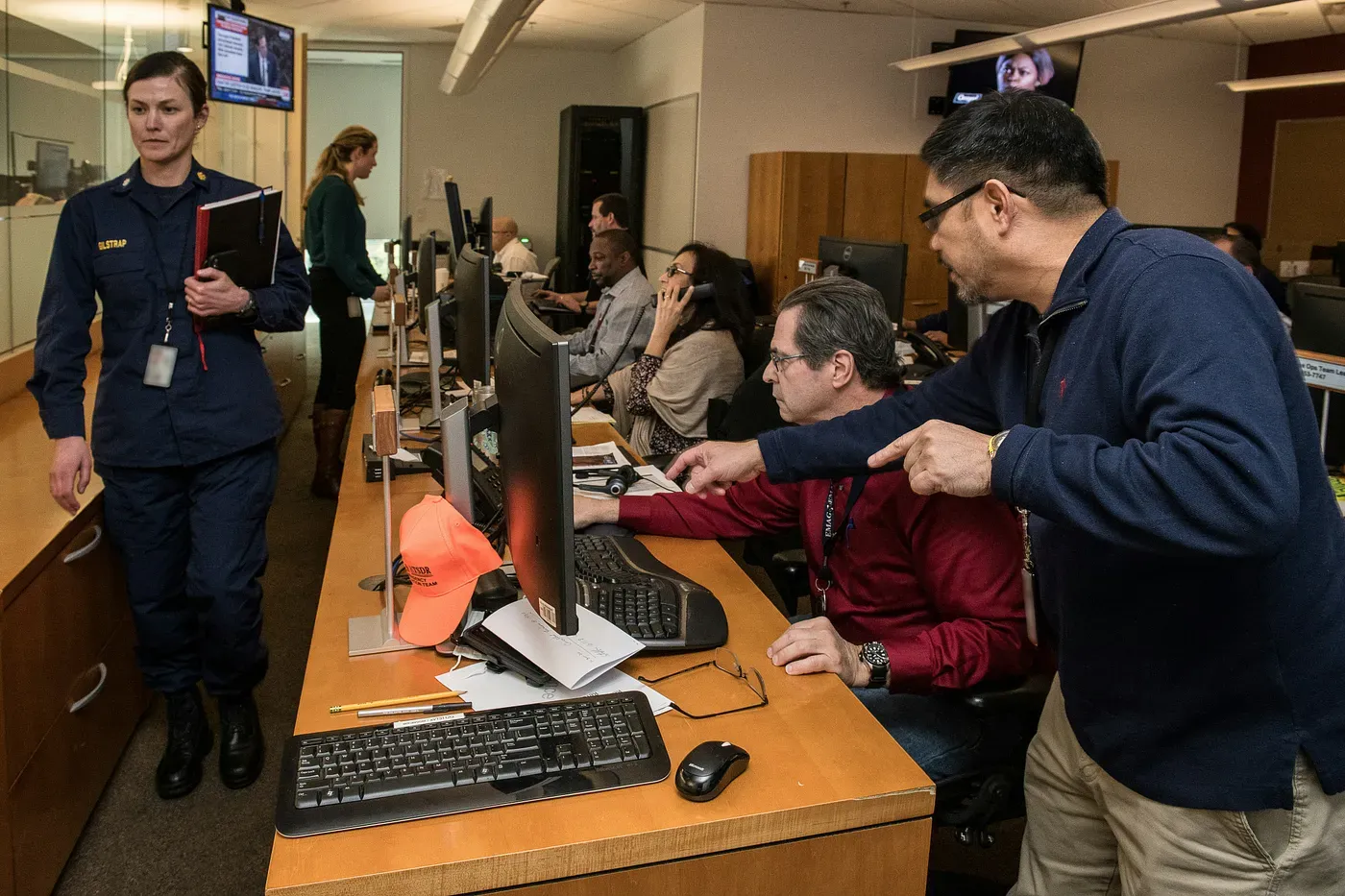 Photo by
Photo by 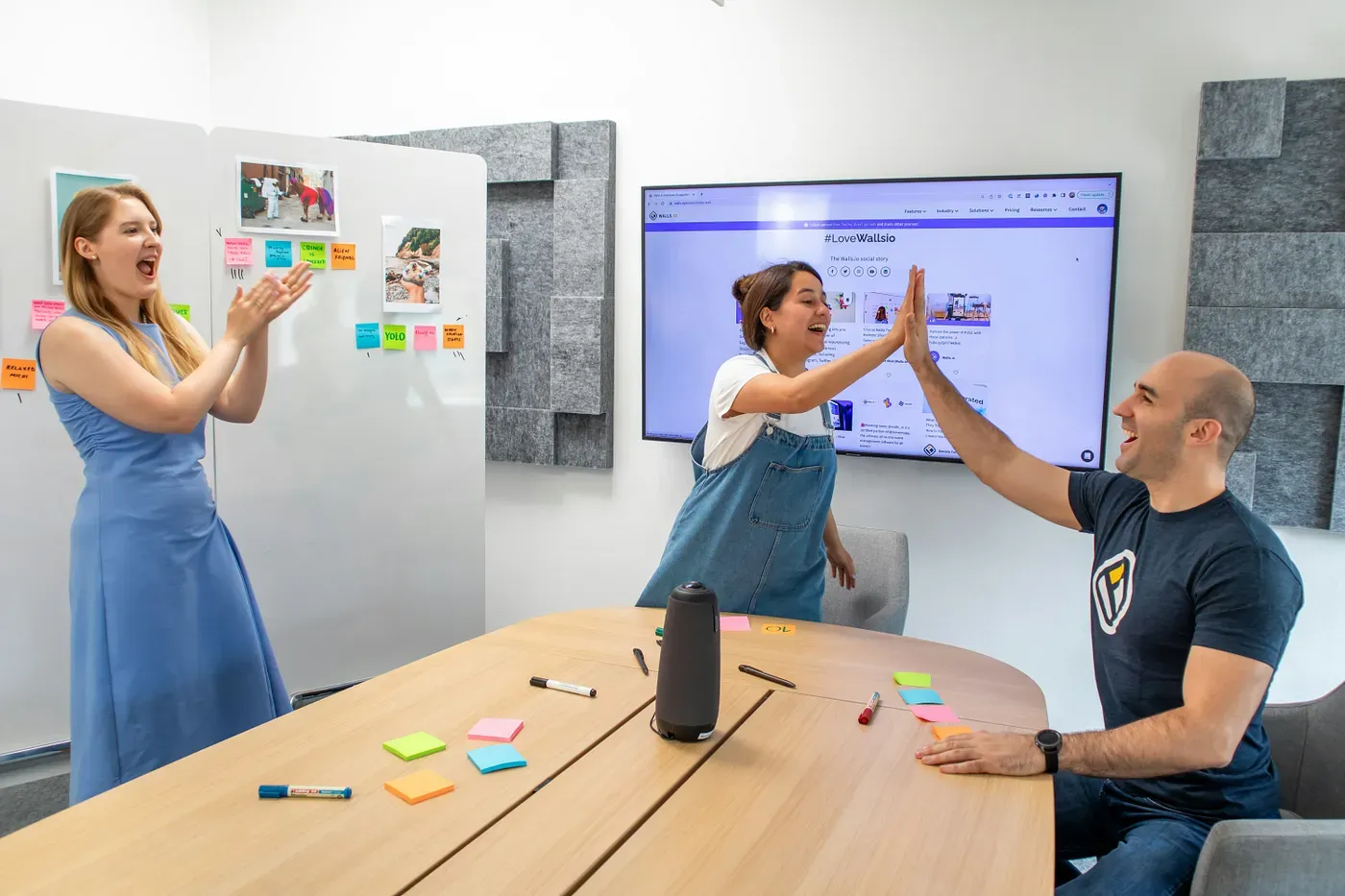 Photo by
Photo by 